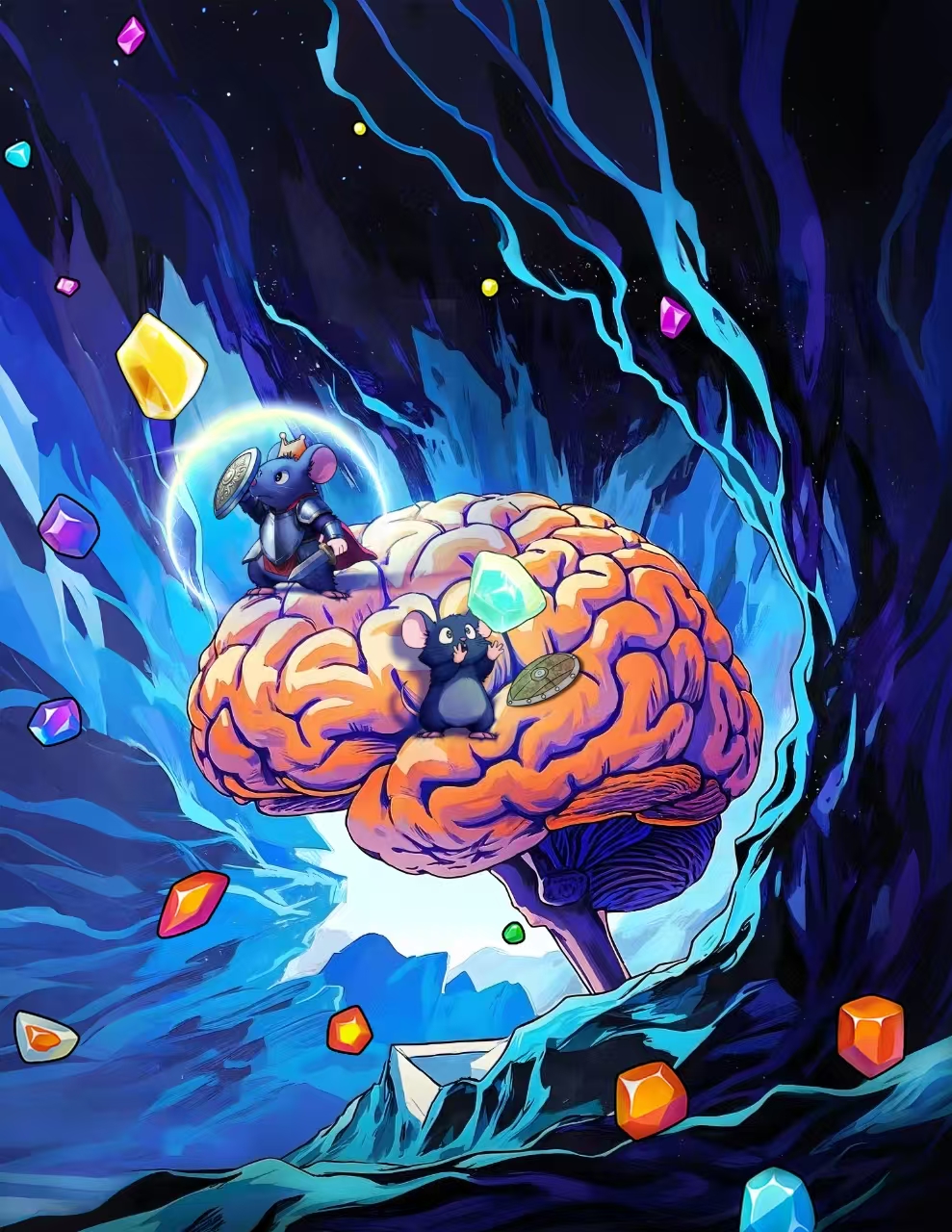
Drug addiction poses a global public health challenge, with limited therapeutic options and modest efficacy. While numerous studies have shown that social status profoundly impacts mental health and addiction susceptibility, its neural mechanisms remain unclear.
Now, however, a research team led by Prof. ZHU Yingjie from the Shenzhen Institute of Advanced Technology (SIAT) of the Chinese Academy of Sciences has revealed the neural mechanisms by which social rank influences vulnerability to drug addiction.
The study was published in Nature Neuroscience on May 12.
Using a suite of cutting-edge neuroscience tools such as fiber photometry, fast-scan cyclic voltammetry, optogenetic manipulation, and volumetric imaging, the researchers explored both functional and structural differences in the dopamine systems of male rodents occupying different social ranks. These tools allowed them to measure real-time neuronal activity, detect rapid chemical changes (particularly dopamine), manipulate neural circuits with light, and capture high-speed 3D images of brain activity.
The findings revealed that an animal’s social rank influences its tendency to seek methamphetamine (METH) by affecting the mesolimbic and mesocortical pathways—two key dopamine pathways in the brain.
The mesolimbic pathway delivers dopamine to the nucleus accumbens (NAc) and promotes reward-seeking behavior, whereas the mesocortical pathway, which projects to the medial prefrontal cortex (mPFC) and supports executive control, helping suppress compulsive drug use.
“Low-ranking mice exhibit a stronger ‘reward’ circuit and a weaker ‘control’ circuit —like a high-powered car with faulty brakes—making them more likely to seek drugs. In contrast, high-ranking mice have a more balanced system, with effective ‘brakes’ that help them resist addiction,” explained Prof. ZHU.
To understand these mechanisms, the researchers used both pharmacological and optogenetic approaches to manipulate dopamine signaling. When dopamine-related proteins in the NAc of low-ranking male mice were reduced, their METH-seeking behavior declined. In contrast, when dopamine fibers in the mPFC of high-ranking male mice were damaged, drug-seeking behavior increased.
Most strikingly, activating the mesocortical dopamine pathway via optogenetic stimulation not only made the mice win a social competition test more often; it also made them much less likely to seek METH in subsequent trials.
Notably, the study also found that these effects were sex-specific: Female mice exhibited METH-seeking behavior regardless of social rank, suggesting different neurobiological underpinning of addiction risk in male and females.
Importantly, the researchers found that introducing winning experiences to low-ranking male mice not only elevated their social rank but also reduced later drug-seeking behavior. These behavioral changes were linked to functional and structural remodeling in both the mesocortical and mesolimbic dopamine pathways.
This study introduces a novel neurobiological framework linking social status, dopamine circuit dynamics, and addiction vulnerability. “By boosting an individual’s sense of social achievement or simulating successful experiences, it may be possible—at the neural level—to ‘strengthen the brakes and ease off the accelerator,’ thereby reducing addiction risk,” said Prof. ZHU.
He noted that the study also supports the development of non-invasive stimulation therapies aimed at reducing addiction vulnerability.

At the prefrontal cortex, a crowned mouse bearing a shield fends off the meth crystals, while at the nucleus accumbens another mouse drops its defenses to reach for them. Below, a yawning abyss warns of the deadly grip of addiction and dependence. (Image by SIAT)

86-10-68597521 (day)
86-10-68597289 (night)

52 Sanlihe Rd., Xicheng District,
Beijing, China (100864)

